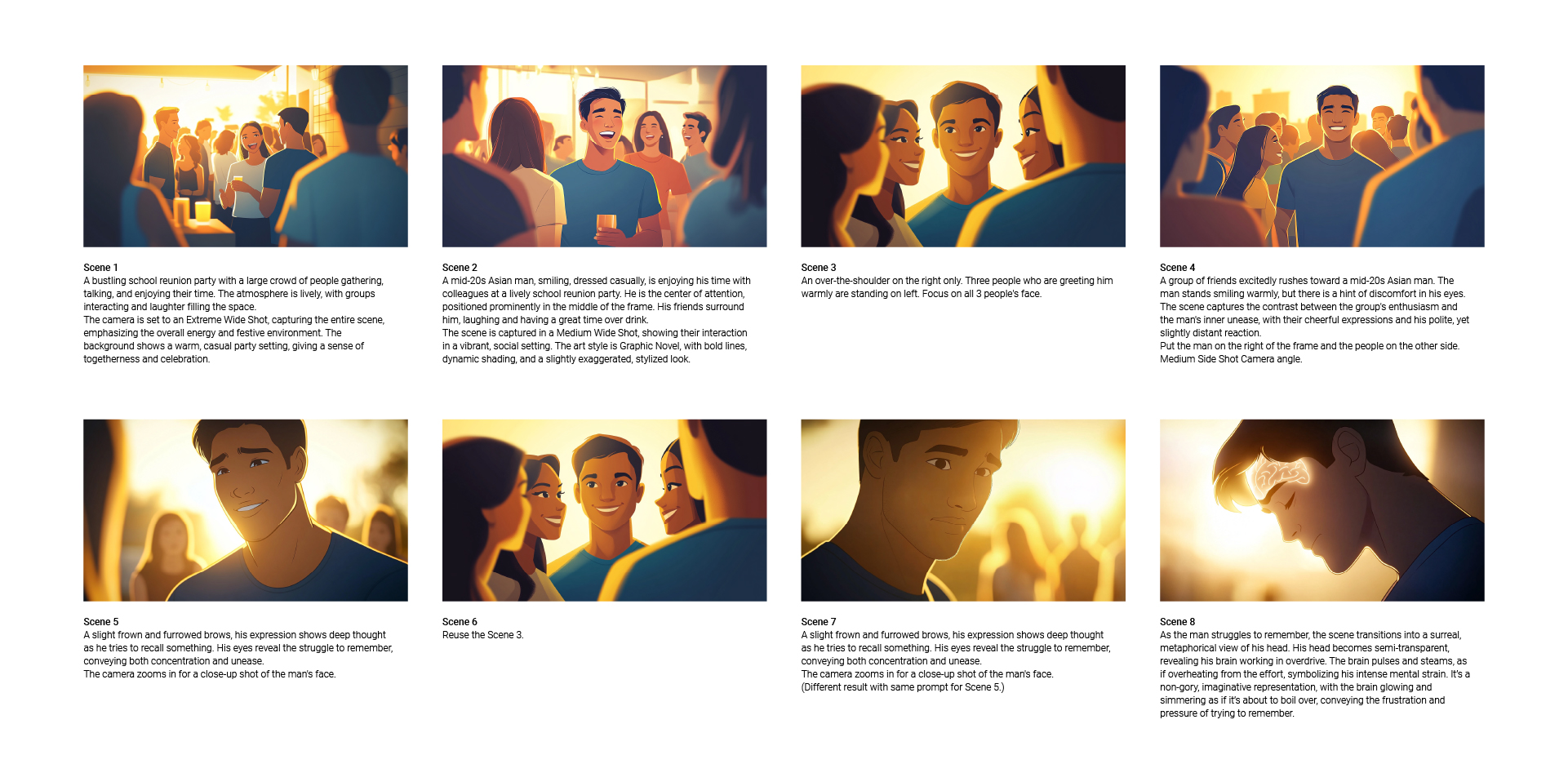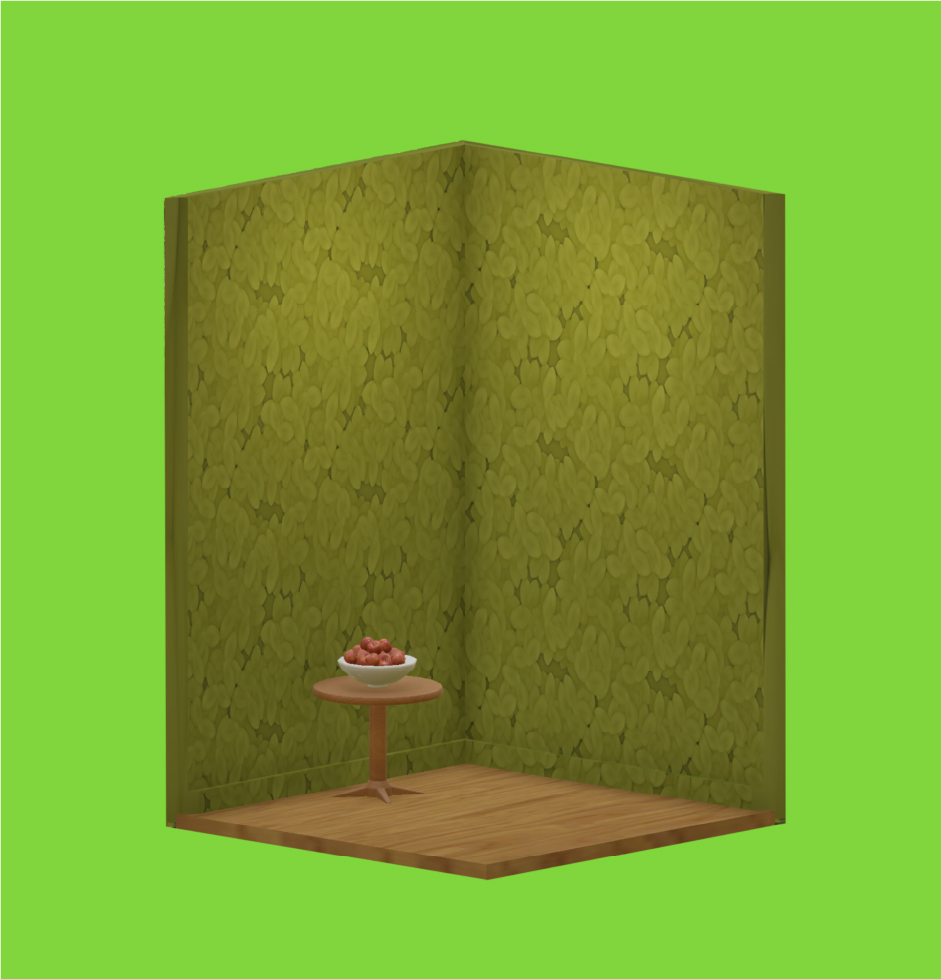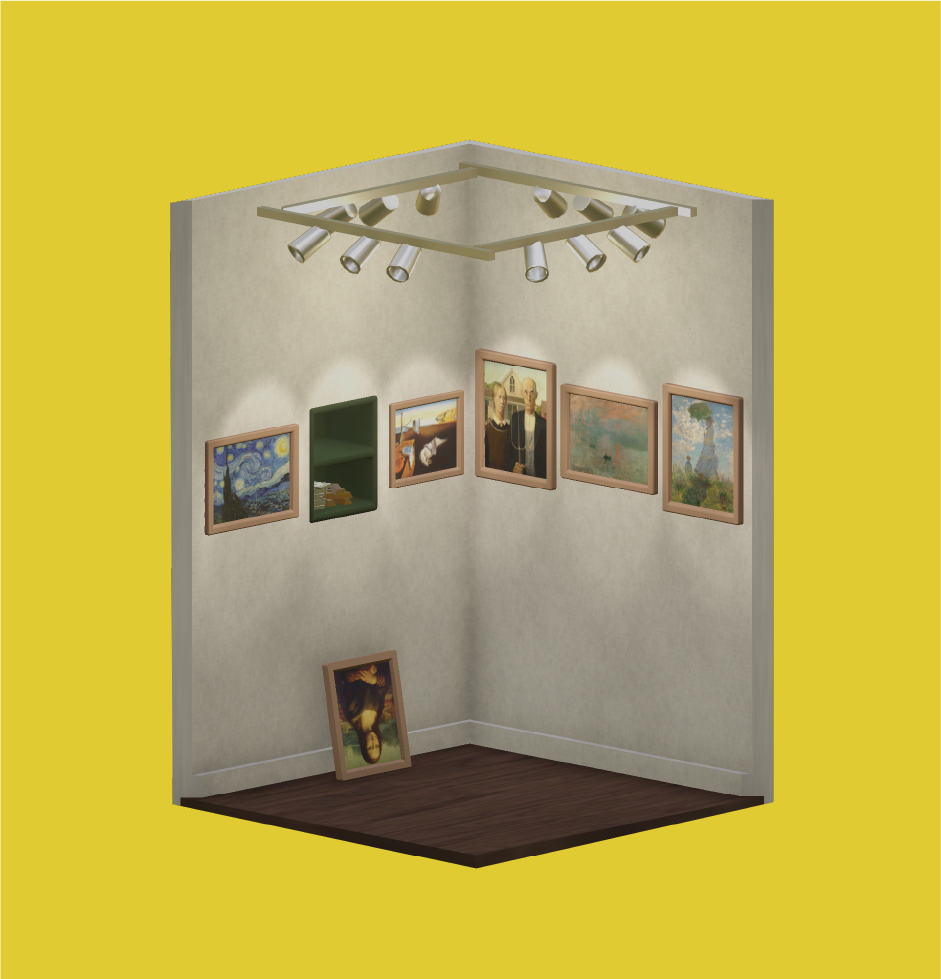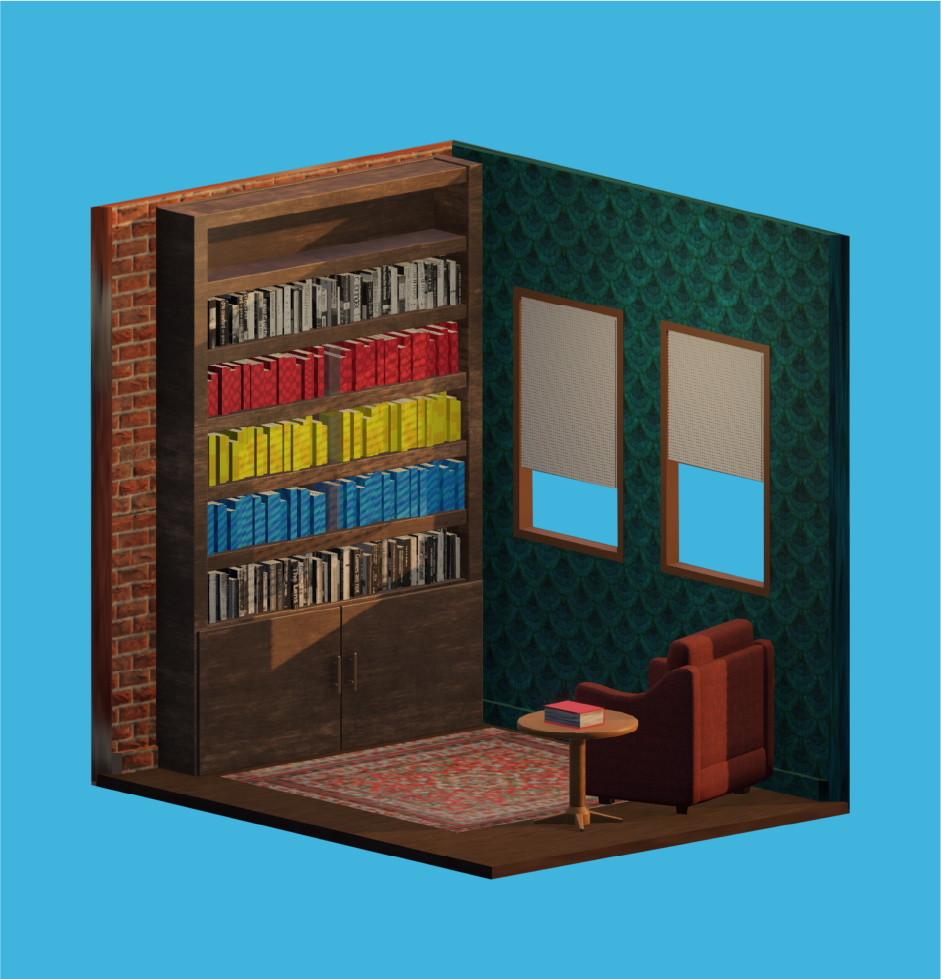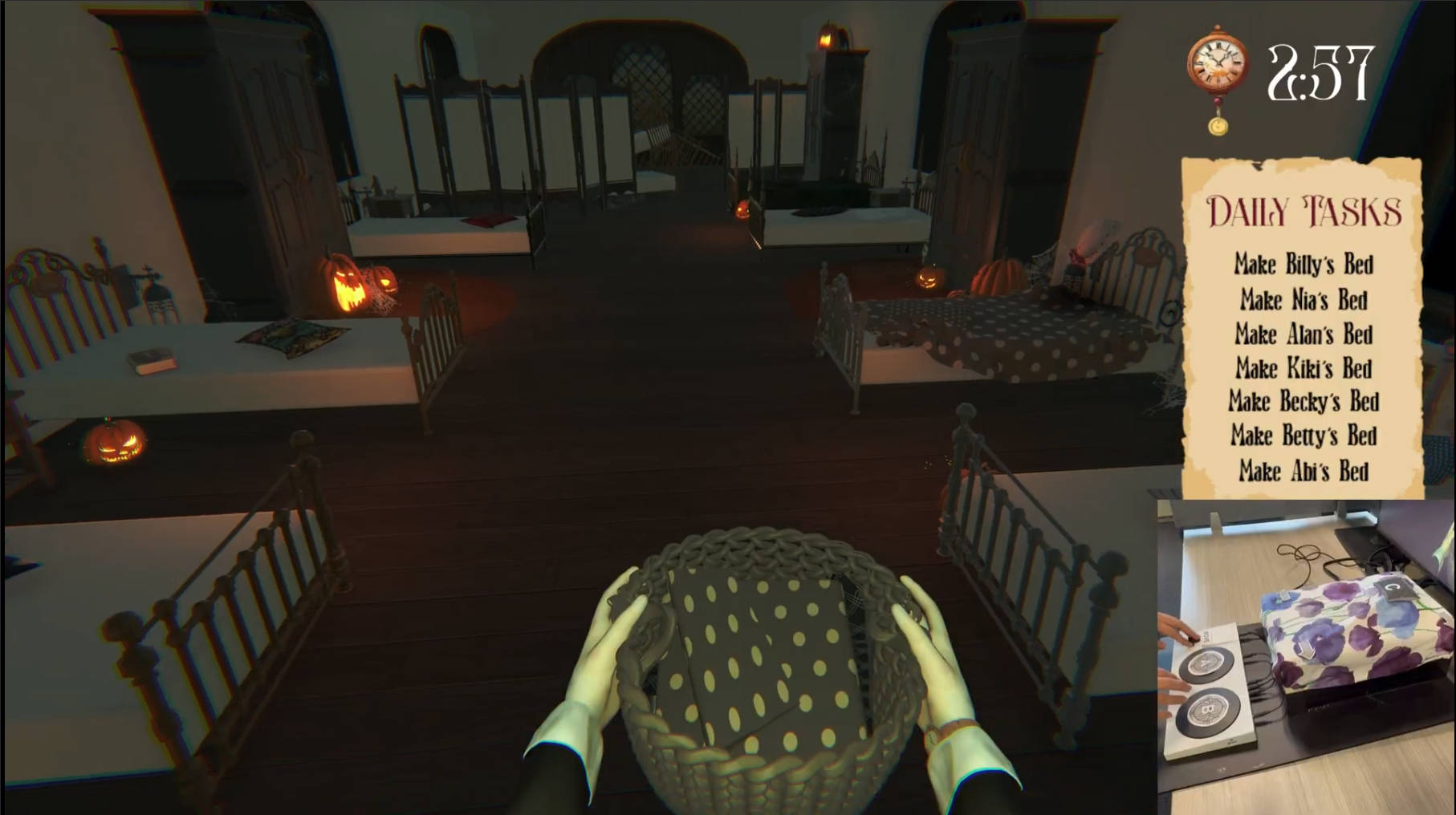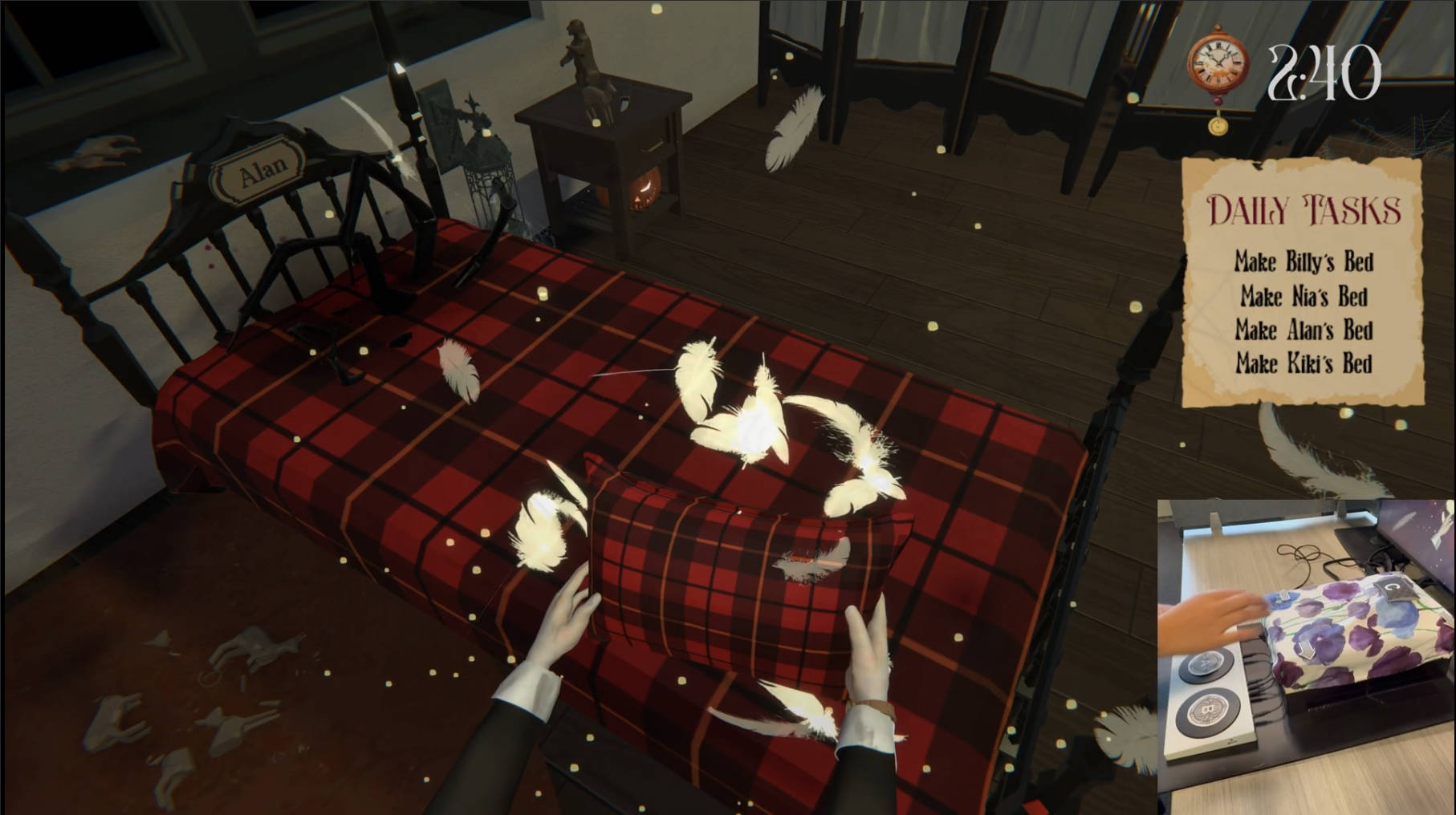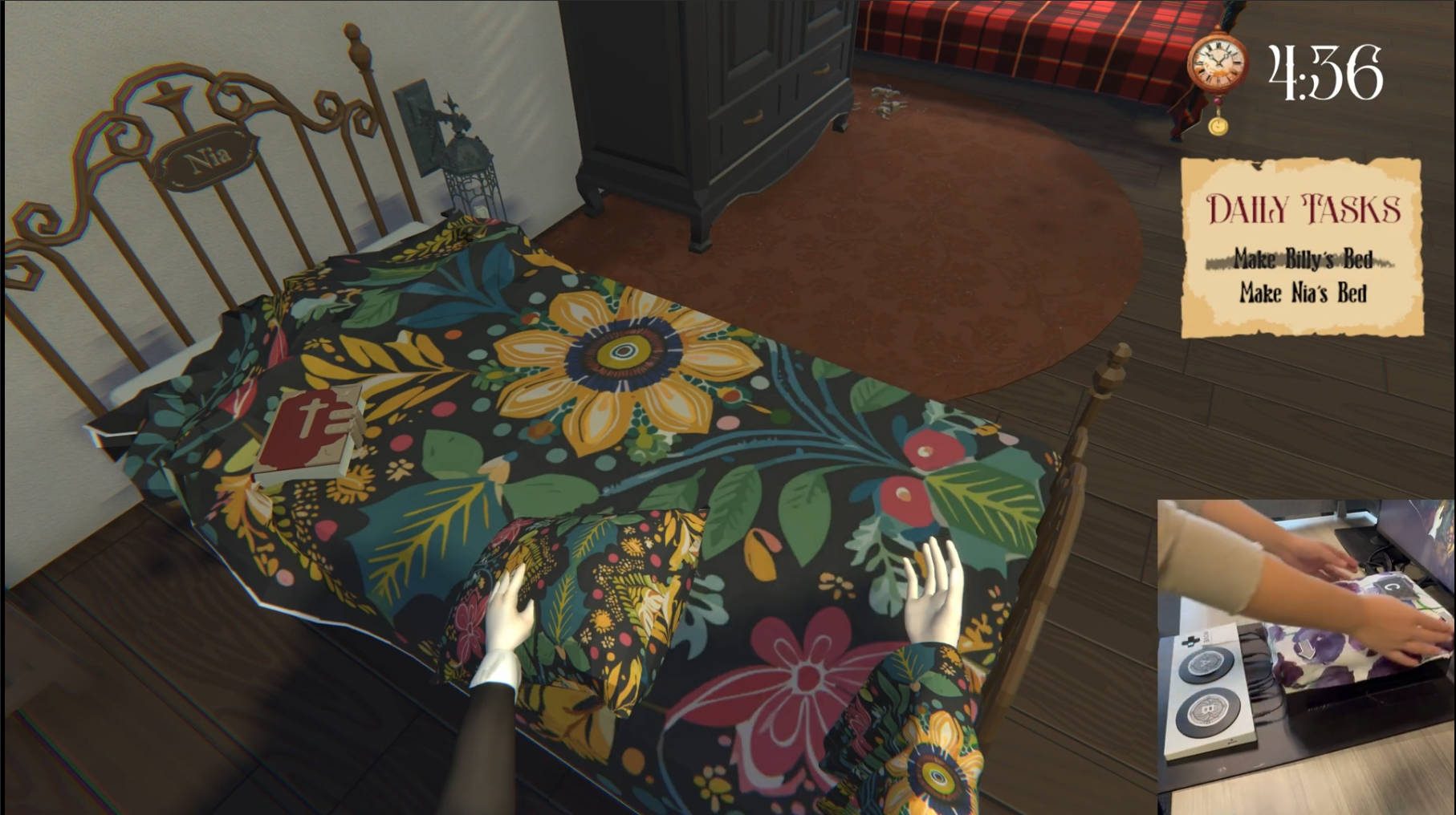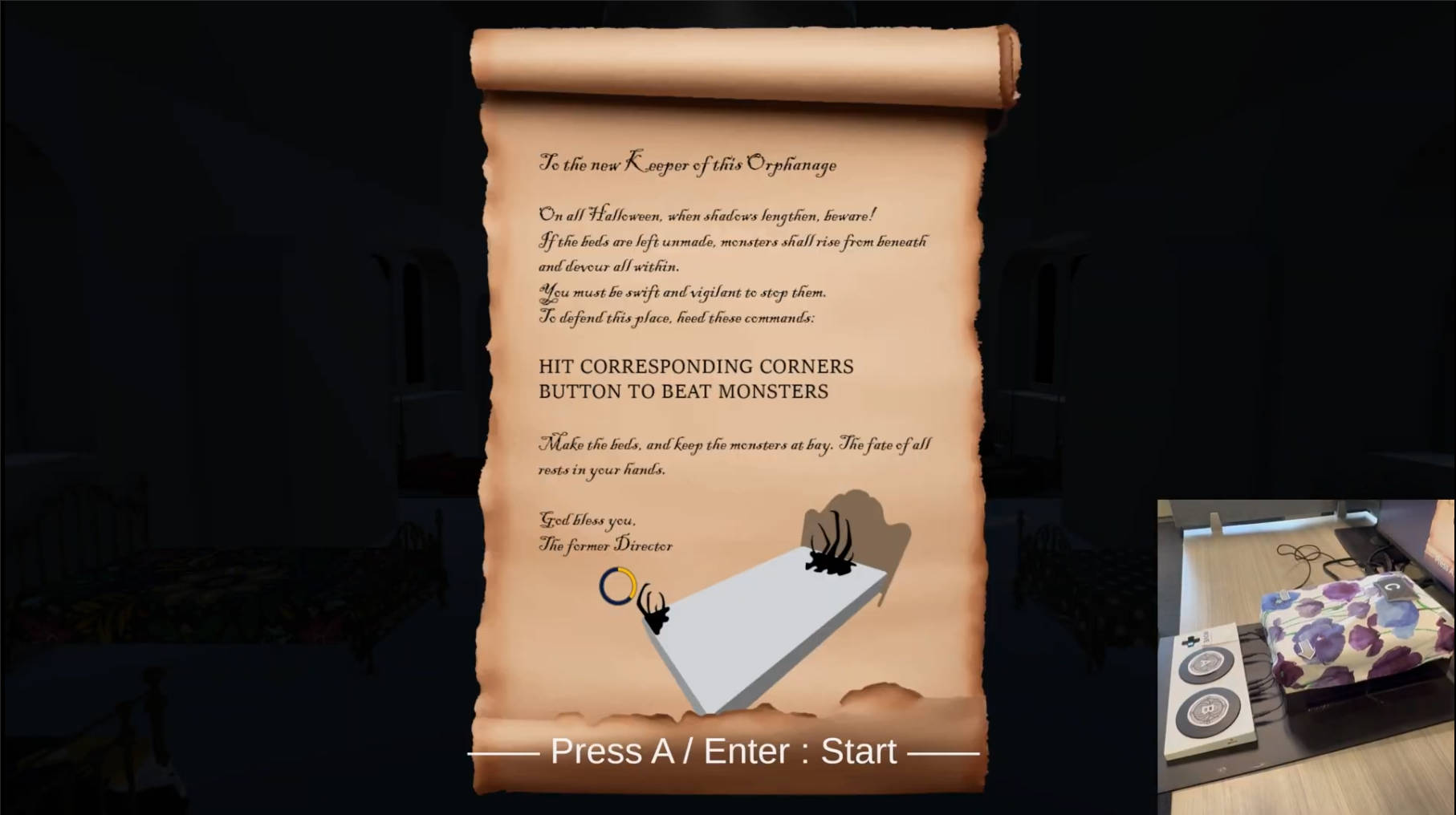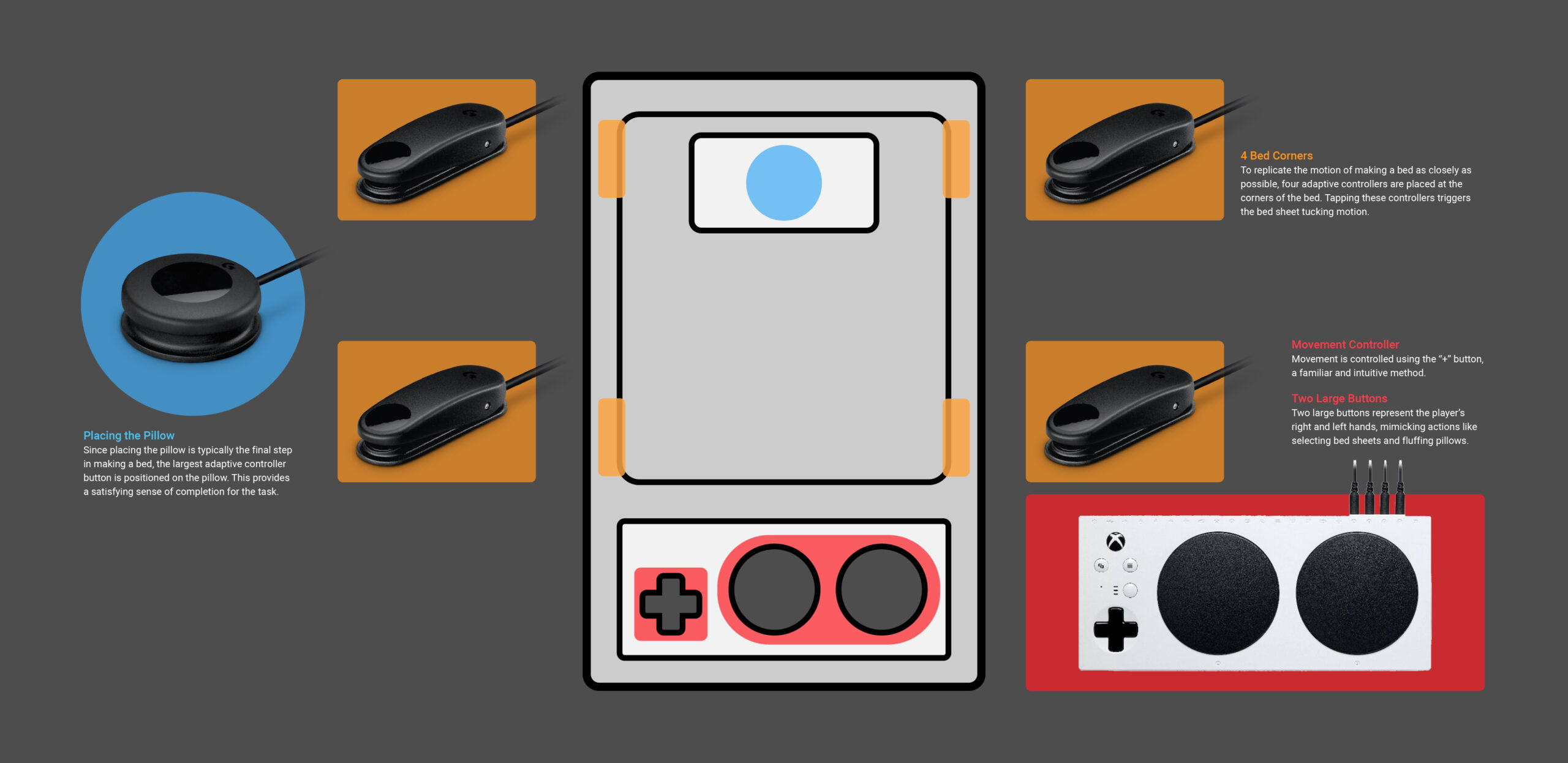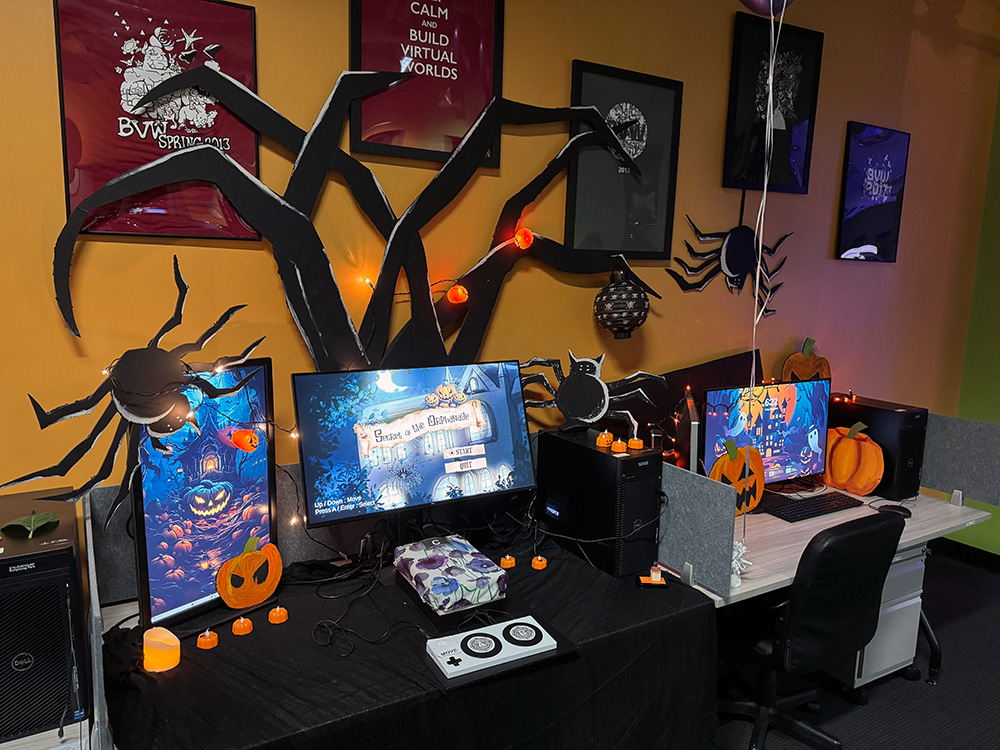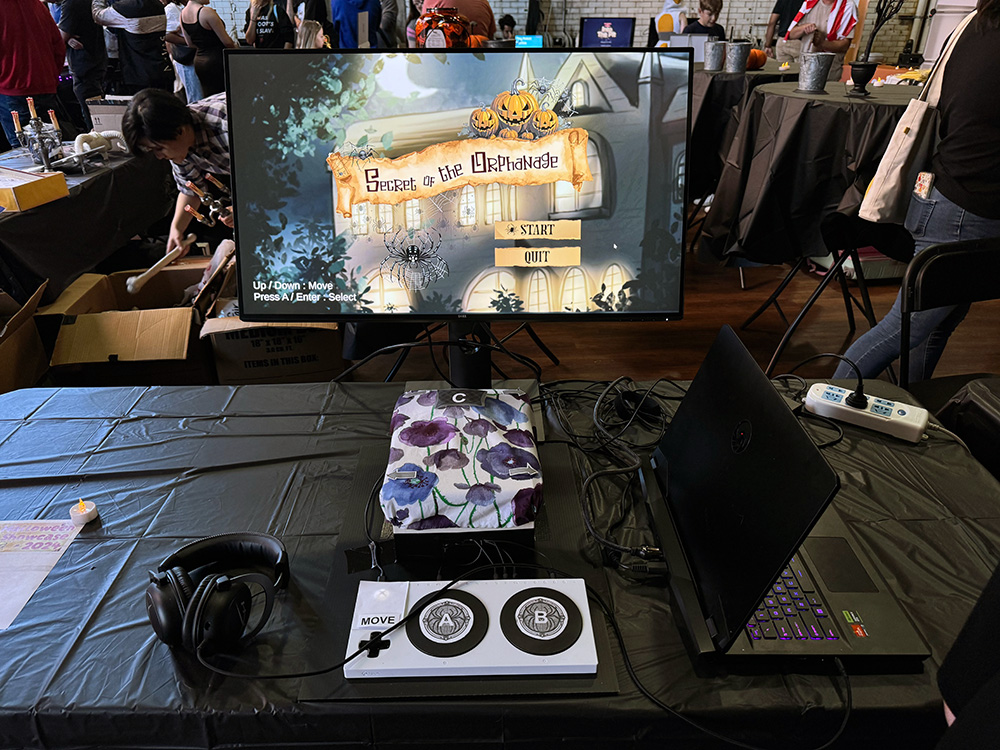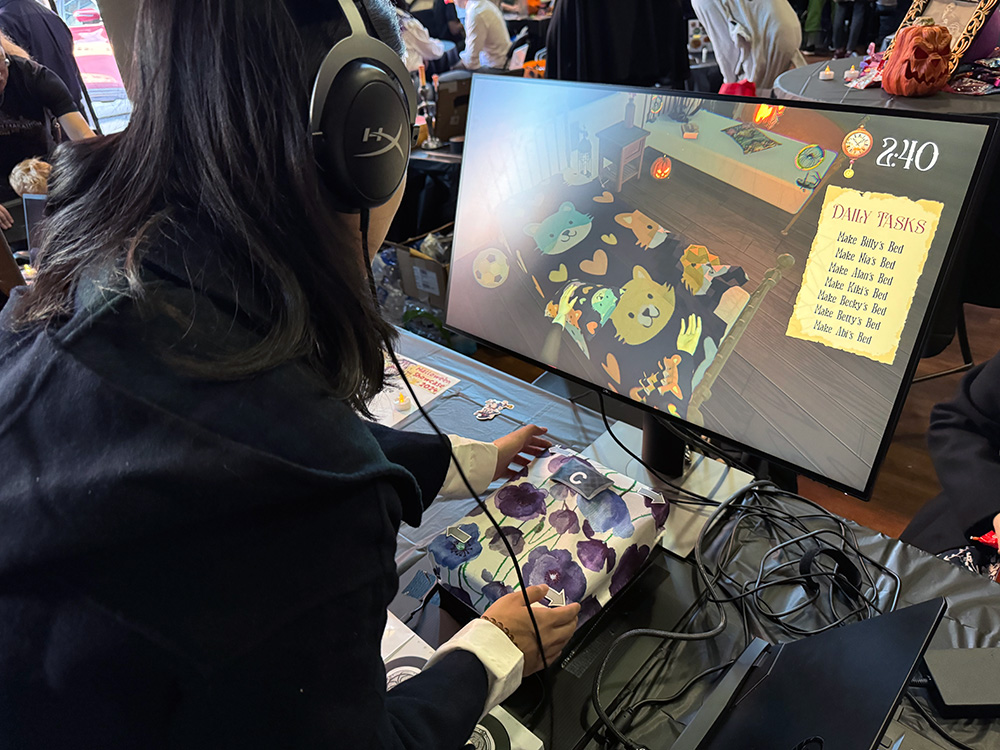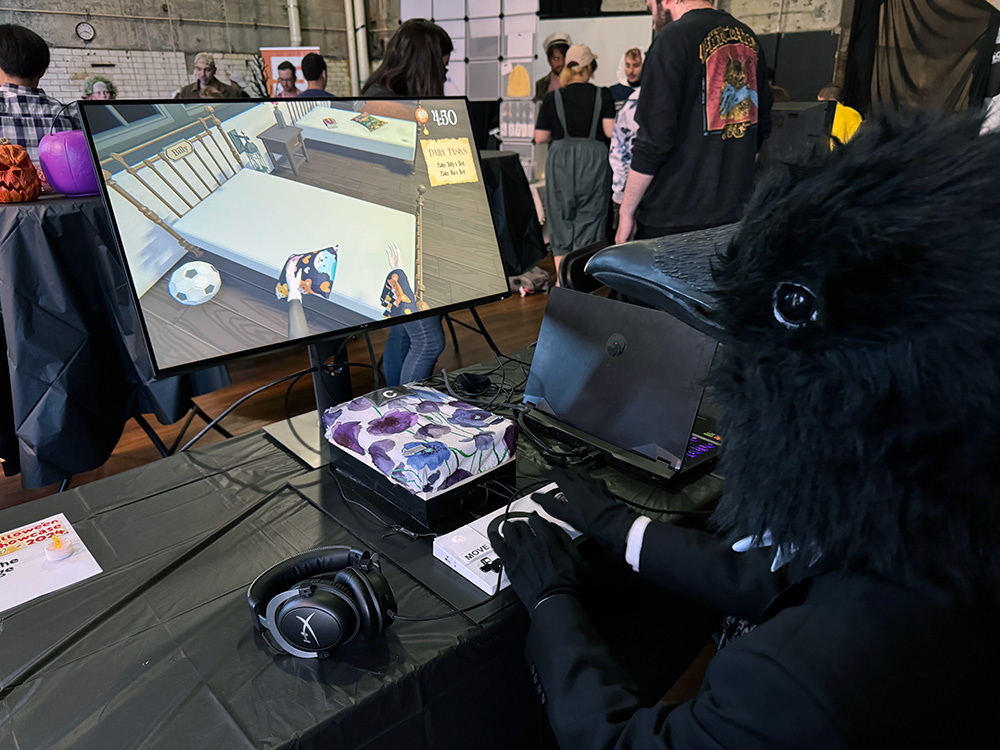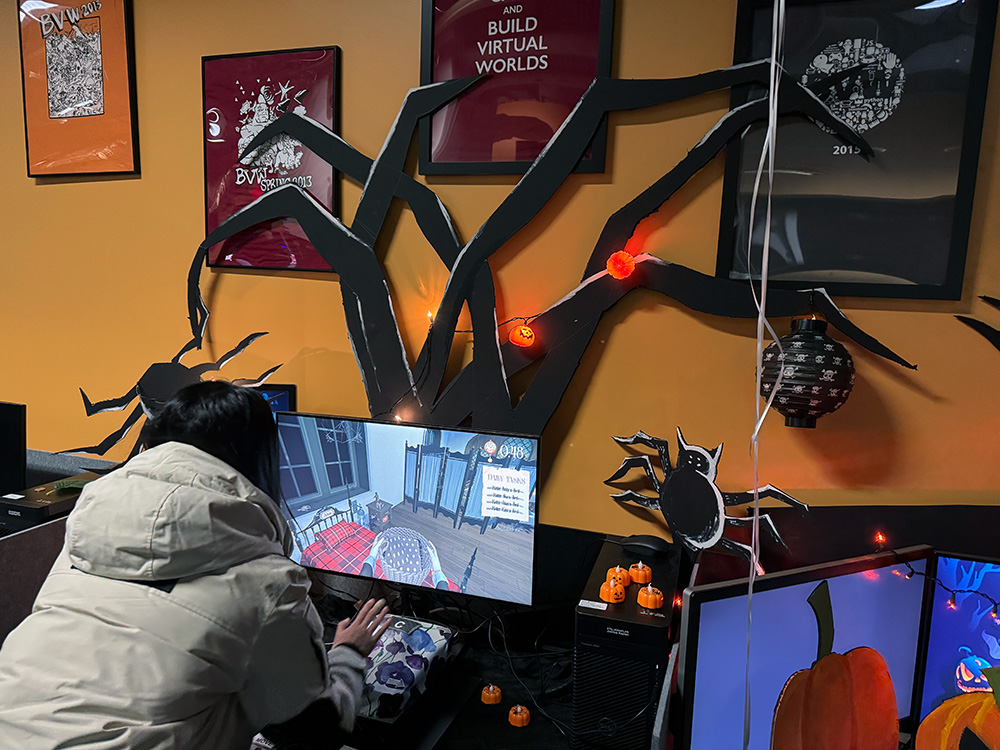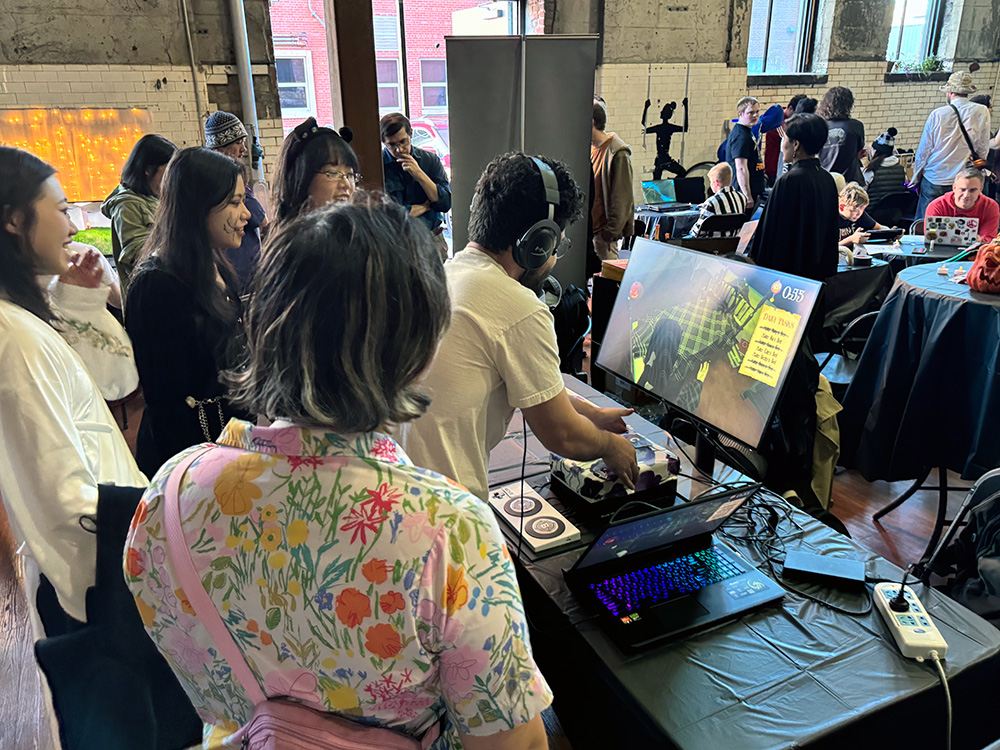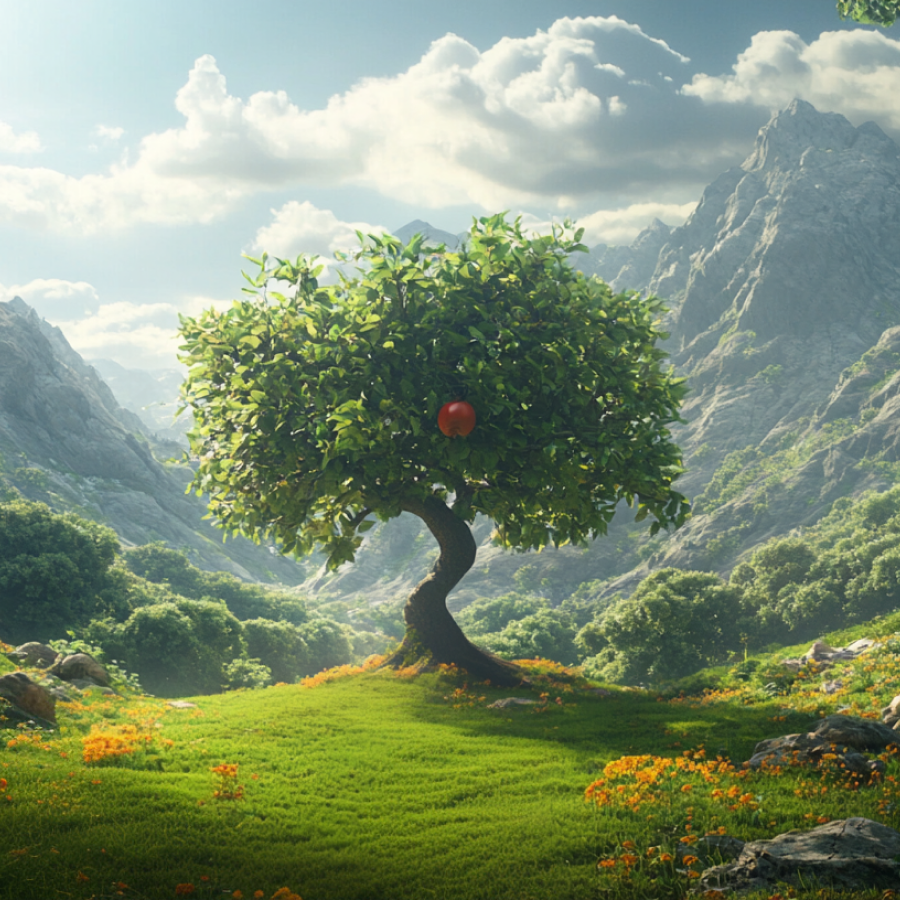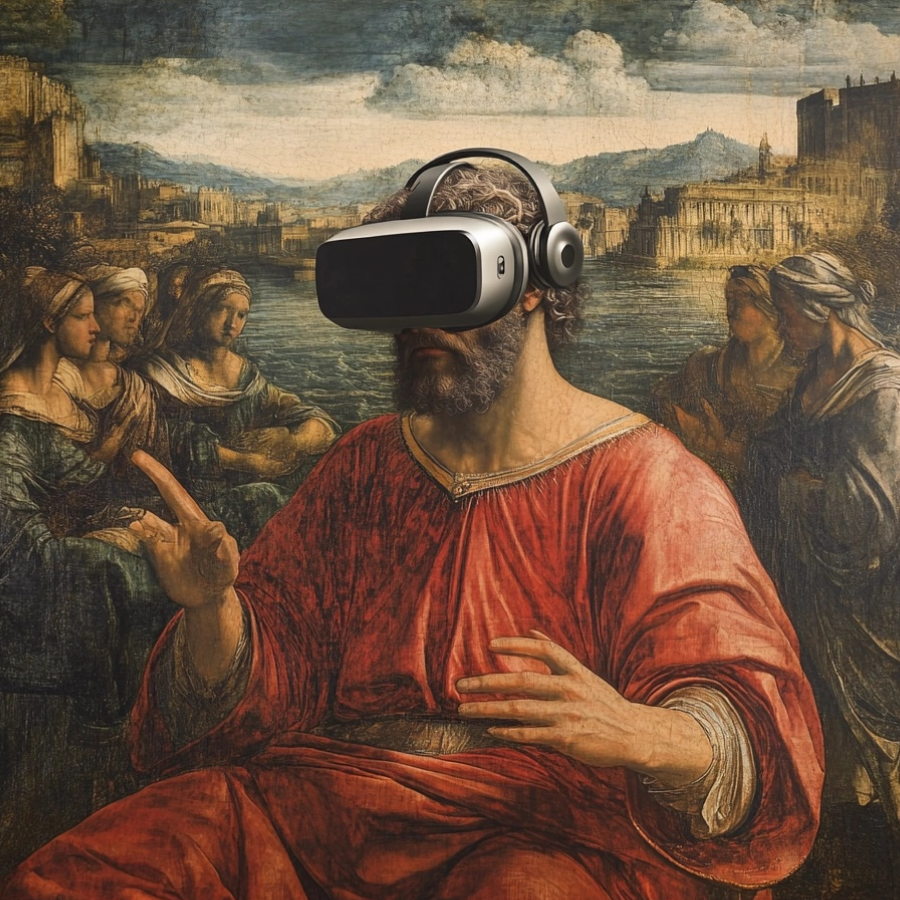
Project Title
Building Virtual World
Project Timeline
September 2024 December 2024
(2-3 weeks each for a project)
Project Detail
Building Virtual Worlds (BVW) was originally created by Randy Pausch, the founder of the Entertainment Technology program at Carnegie Mellon University. The goal of BVW is to collaborate in interdisciplinary teams to create short, interactive media "worlds”, unique experiences that often last only a few minutes. While some worlds may resemble games, the emphasis is on exploring a wide range of imaginative and innovative experiences, beyond the confines of traditional gaming.
You are about to see three of the "worlds" I created using various mediums, including VR, PC, adaptive controllers, and more. Each world was designed and built in just two weeks, functioning like a hackathon-style project.
Project Detail
My role varied depending on the team dynamics and the specific goals of each world. However, the roles I most commonly took on these projects included UX/UI Designer, Game Designer, Director, and Producer.
1st World: "SPACE OUT"
VR & PC Collaborative Puzzle Game,
"SPACE OUT"
WHAT 'WORLD' IS THIS?
“Space Out” is a collaborative, escape room style puzzle game designed for two players, one using VR and the other using a PC. Their mission is to work together to solve puzzles and manage the ongoing problems that appear as they progress through the stages.
Background Story
An astronaut (VR player) is aboard a space station orbiting Earth, while an operator (PC player) is stationed at Earth’s command center, NAAA. Suddenly, a catastrophic accident occurs when space debris strikes the ship, causing significant damage. The astronaut’s mission is to repair the ship by completing various tasks, while the operator must guide their partner by providing directions and support from the PC. Work together as a team to save the astronaut and the ship in distress!
VR Player
The VR player experiences the game from a first person perspective. While most puzzles involve simple tasks, they cannot be completed without hints provided by the PC player using the manual.
PC Player
The PC player interacts with a variety of hidden graphics scattered throughout the game. These interactive elements encourage exploration and help uncover clues needed to assist the VR player. Most of the clues require clear communication between the PC and VR players to solve the puzzles.
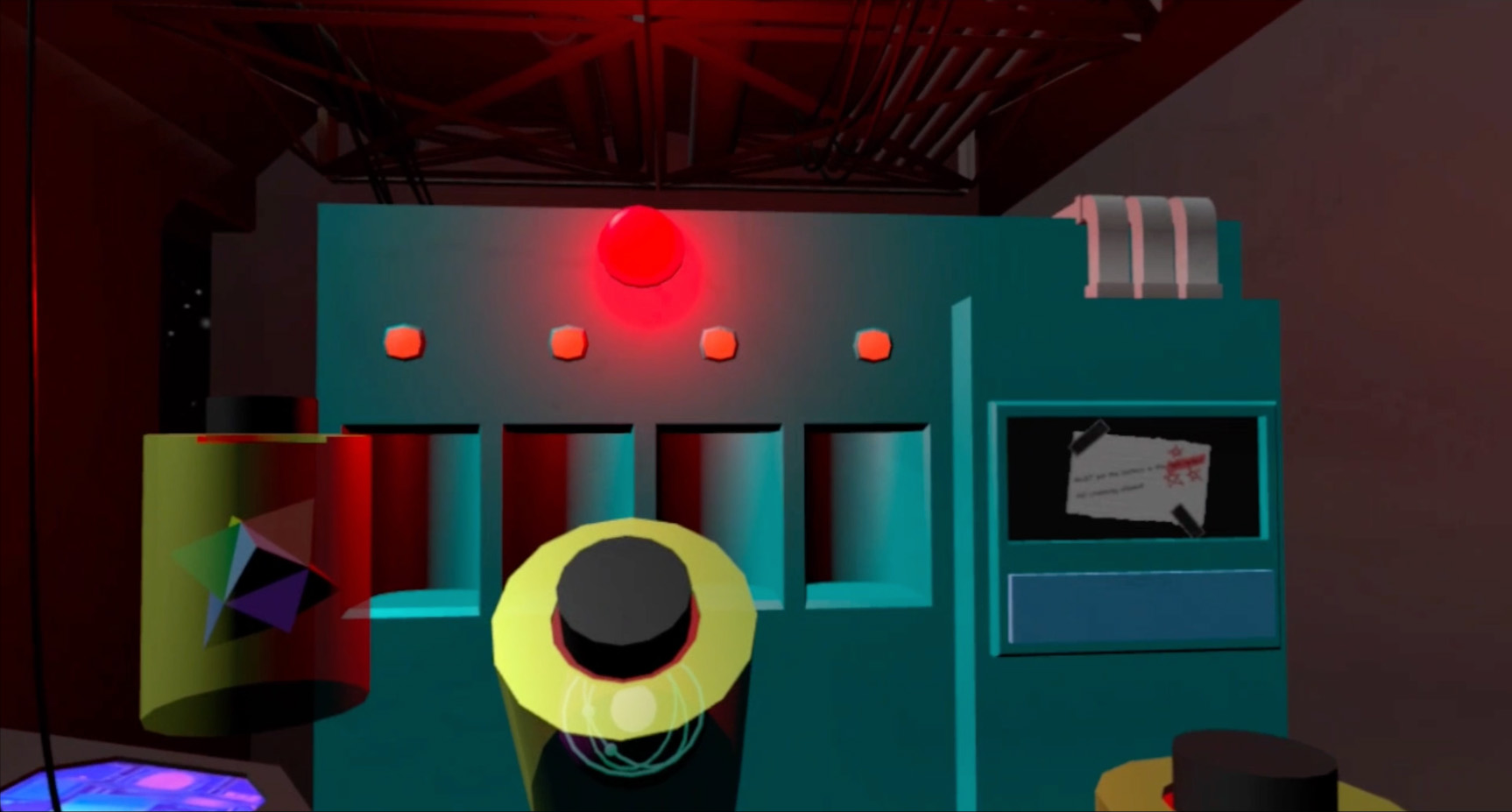
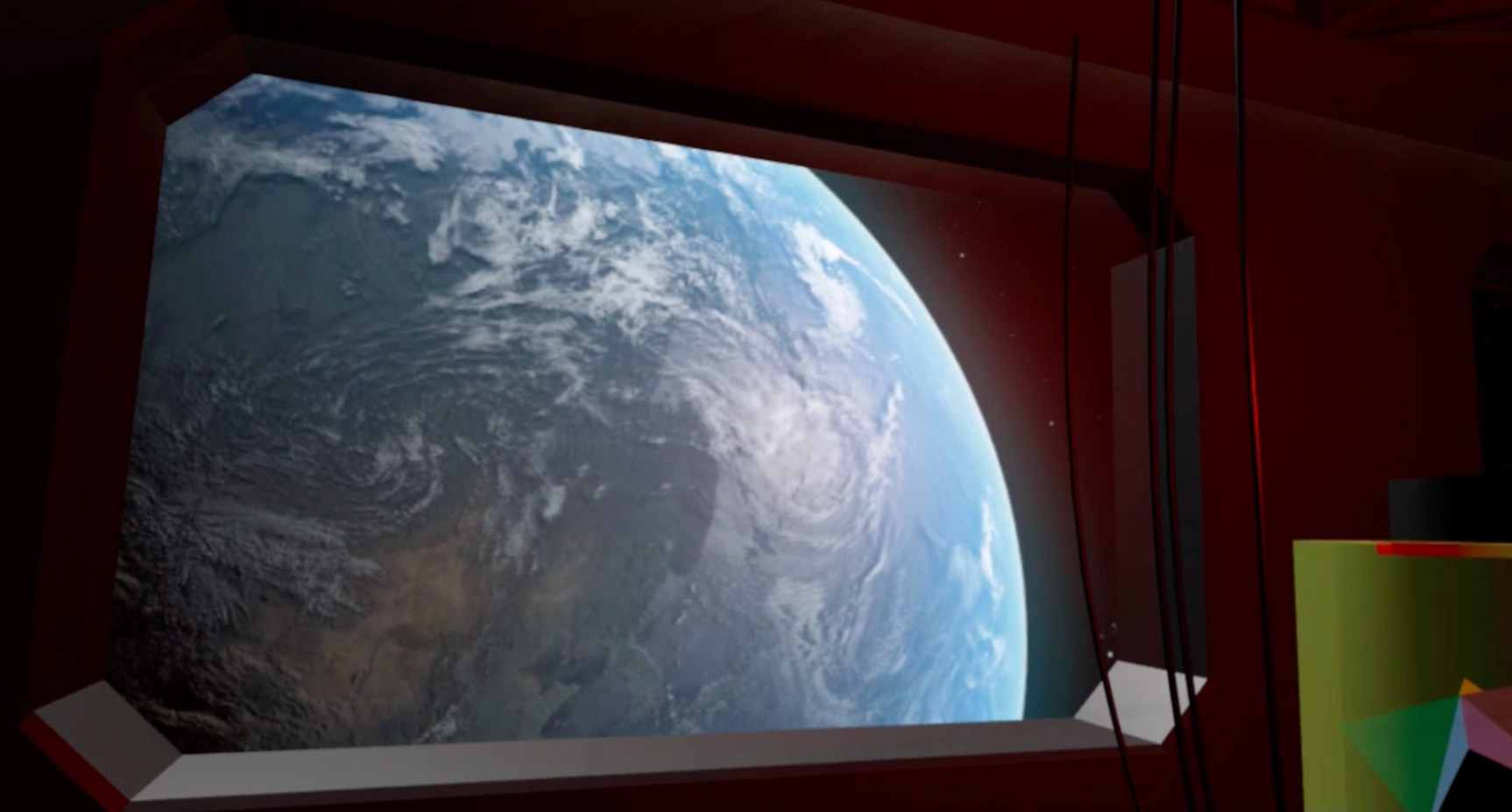
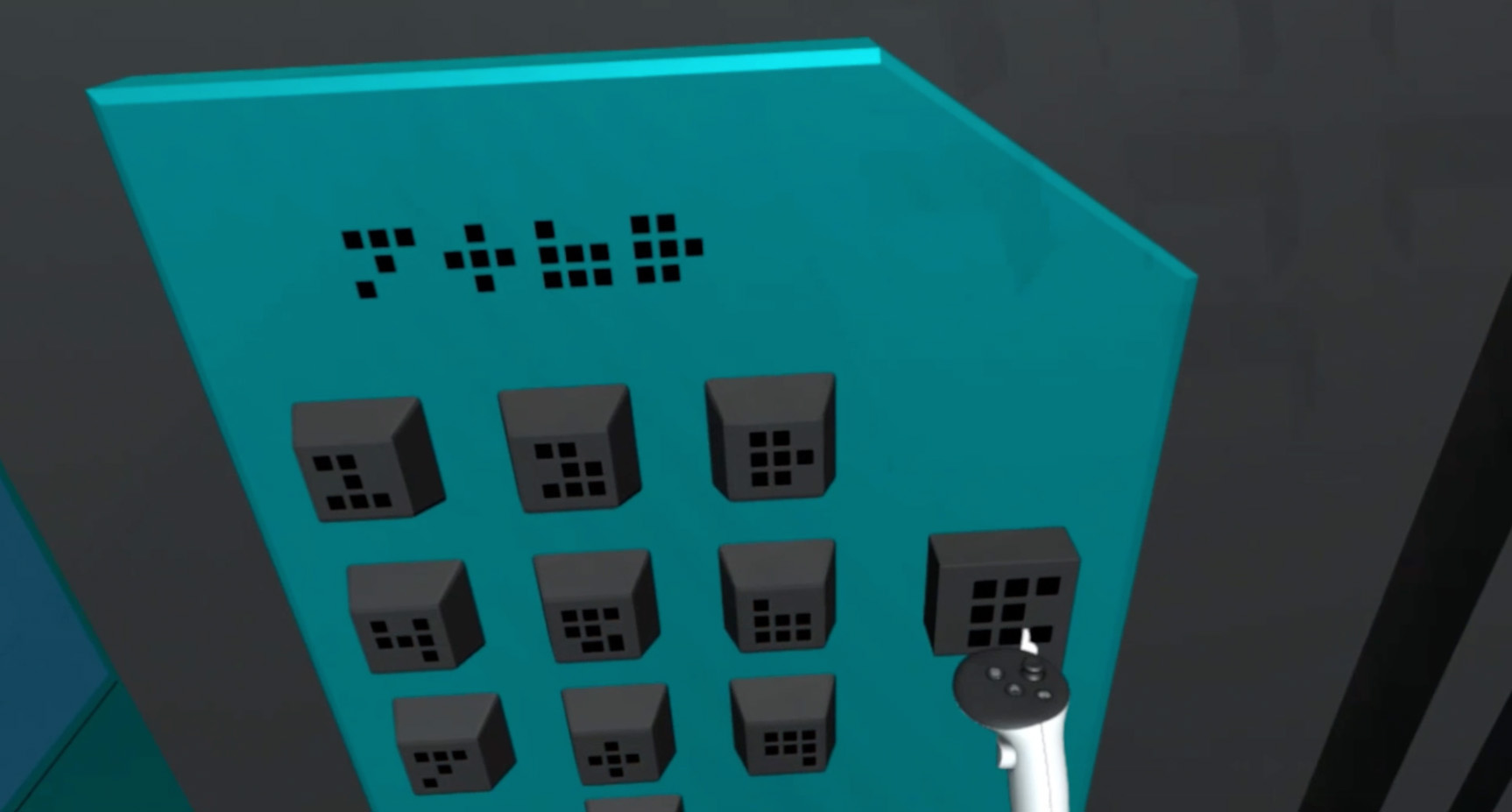
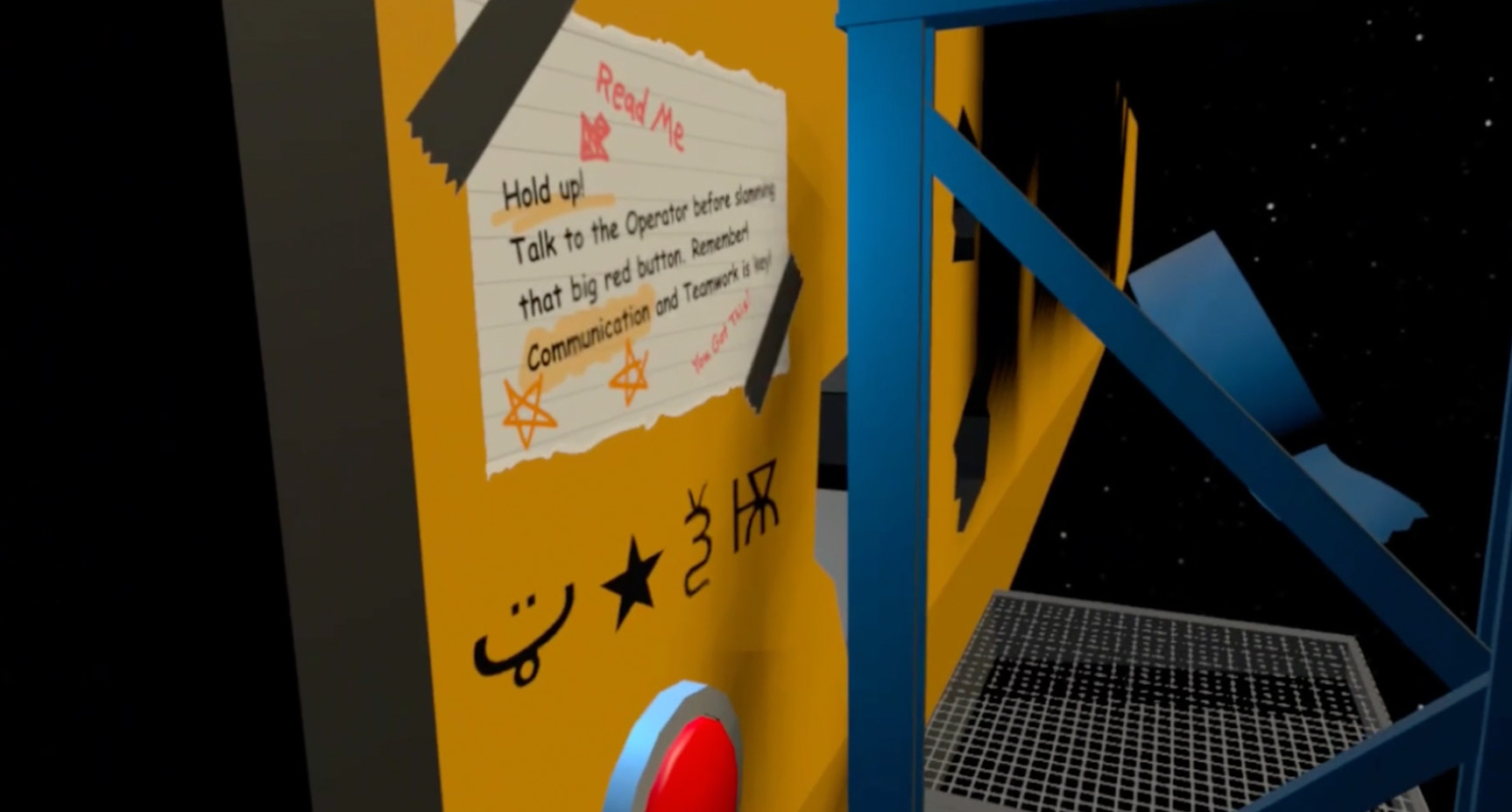
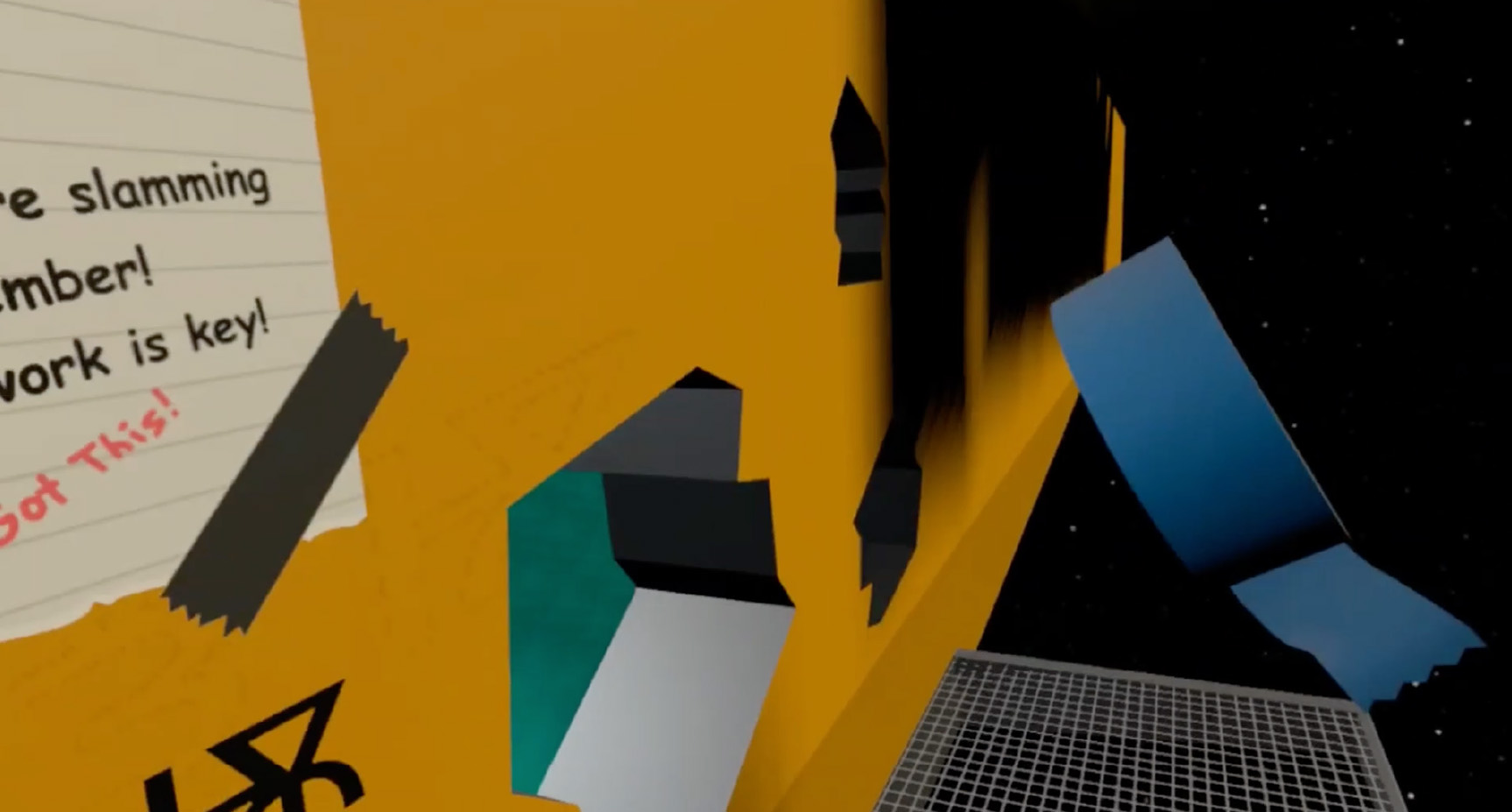
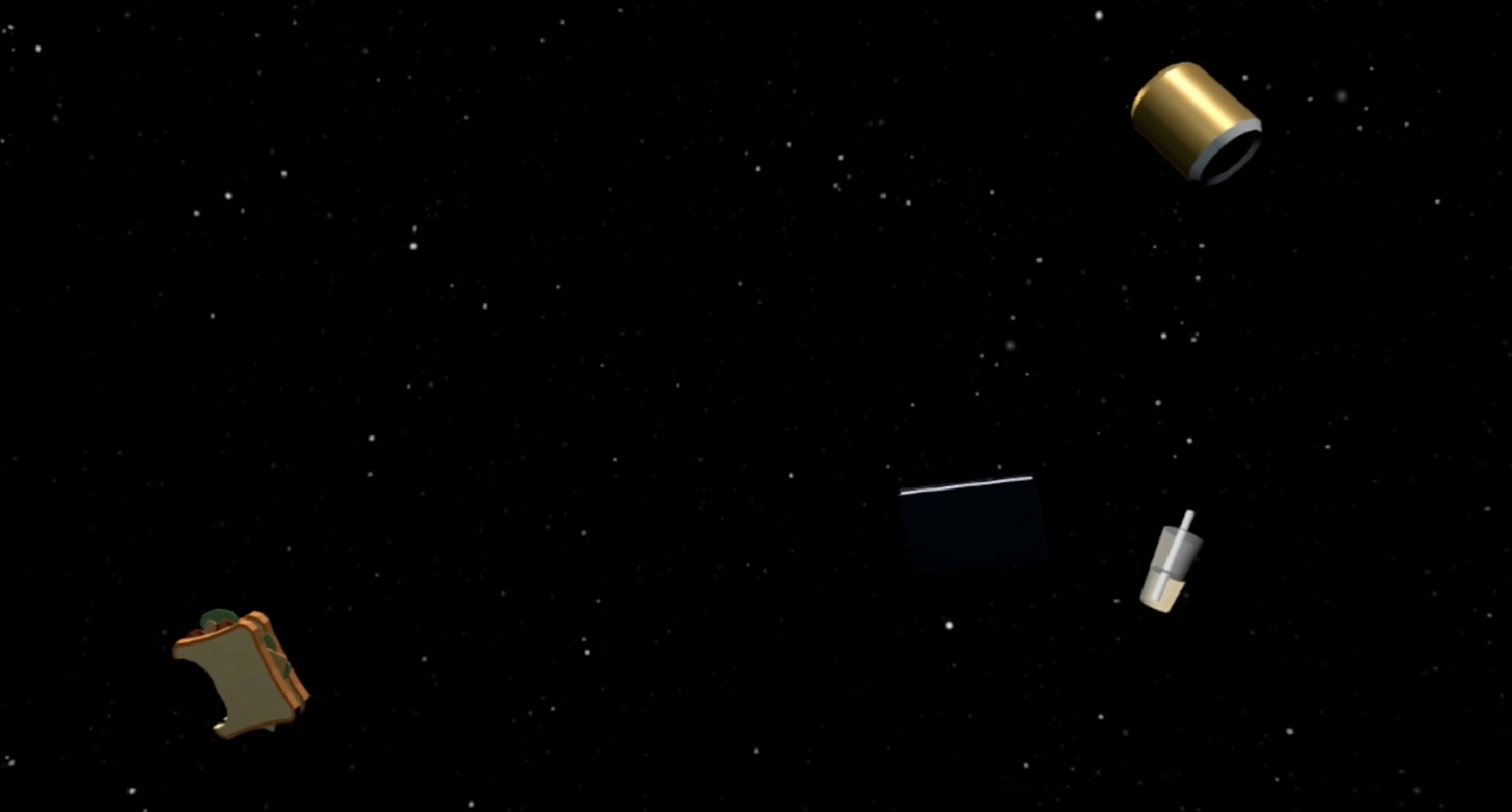
VR Playing Screenshots
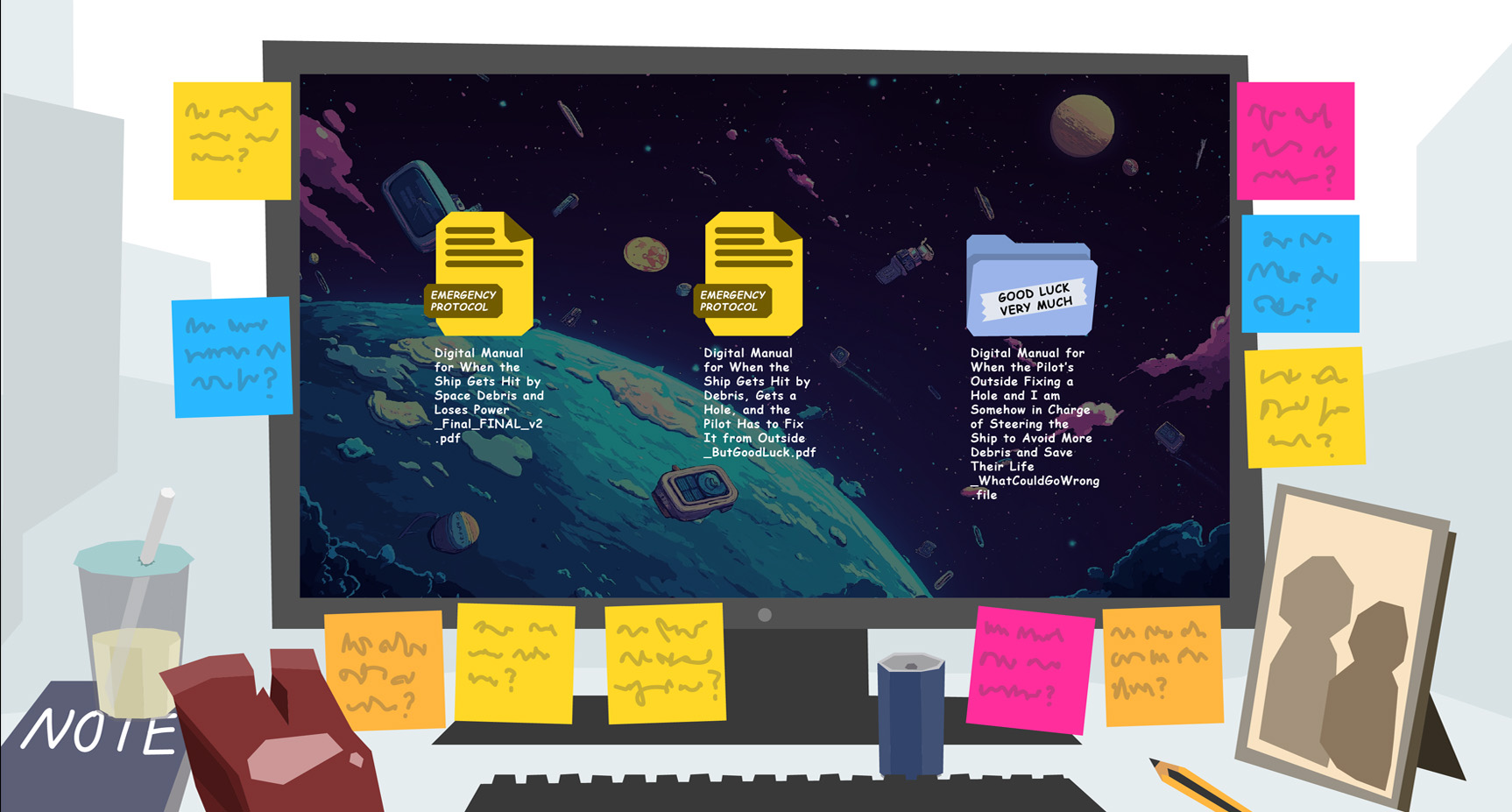
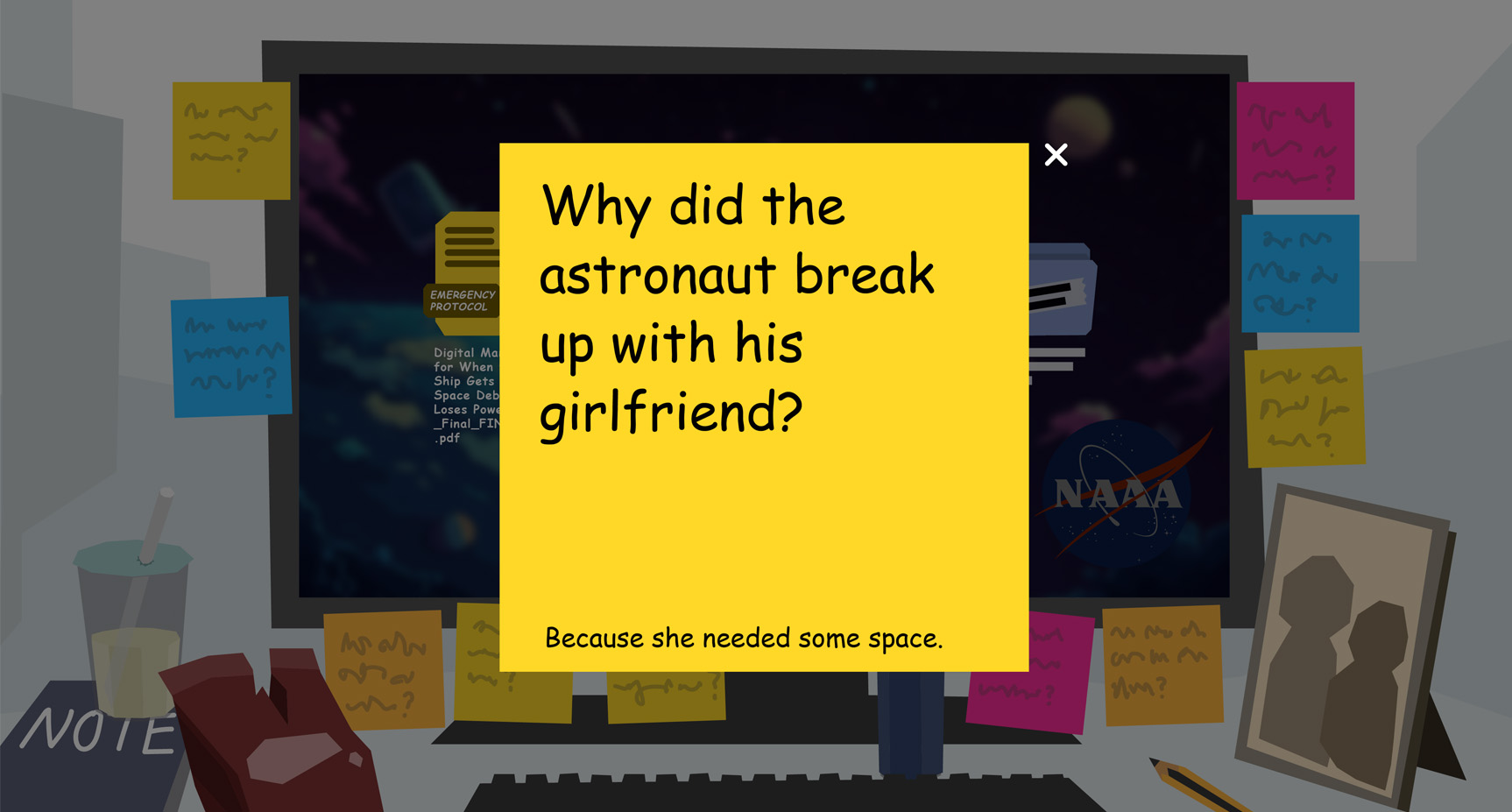
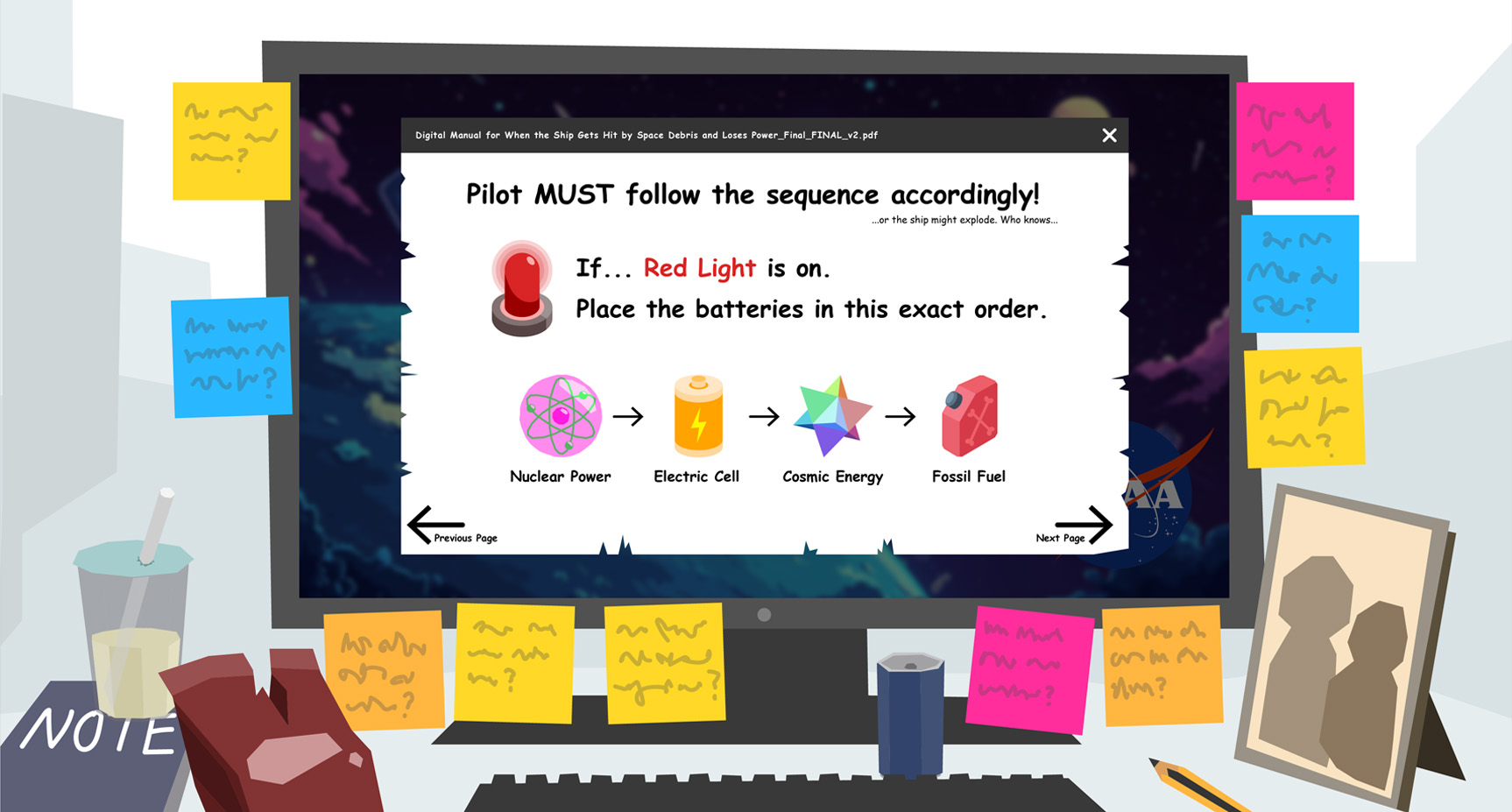
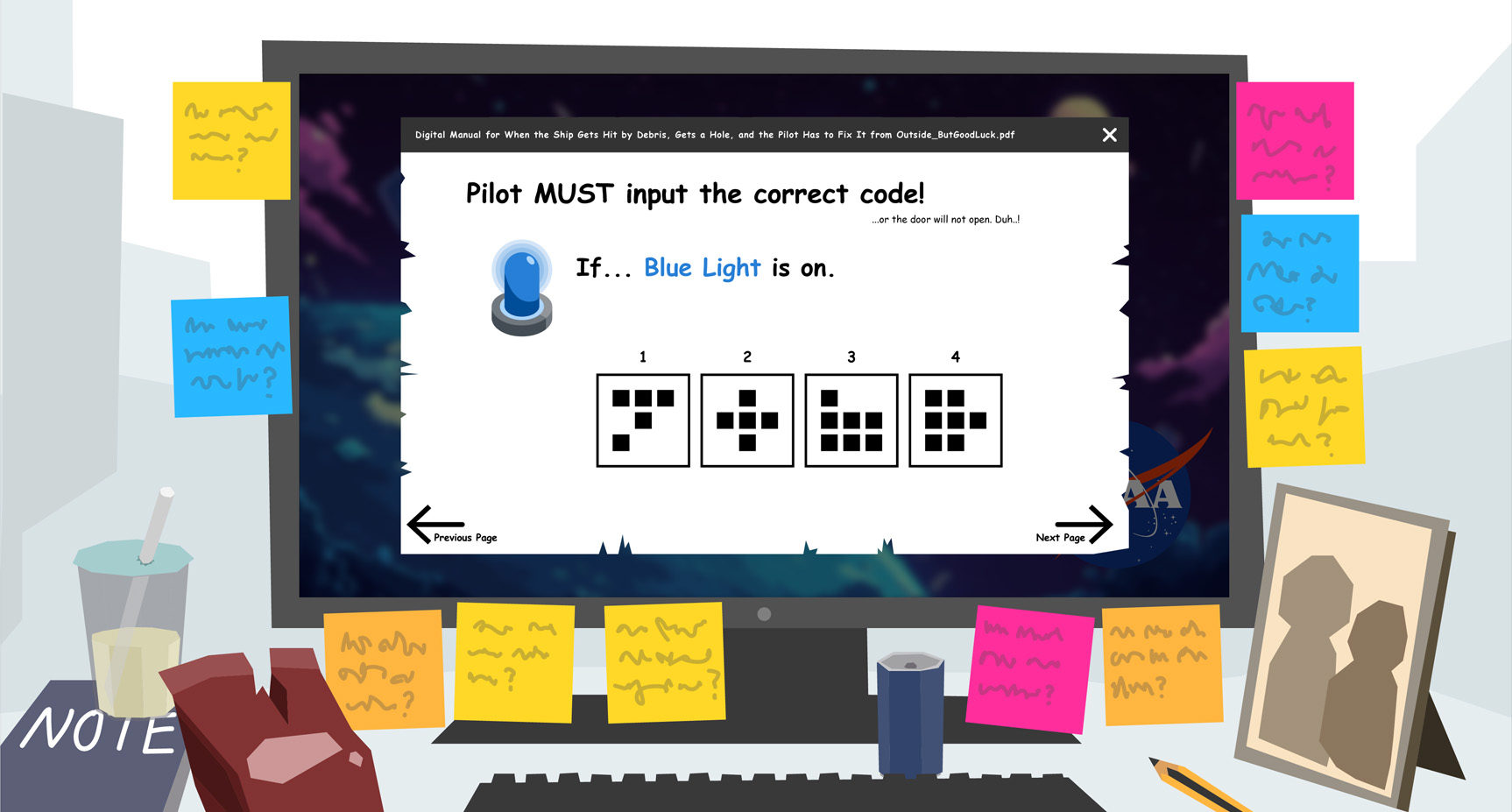
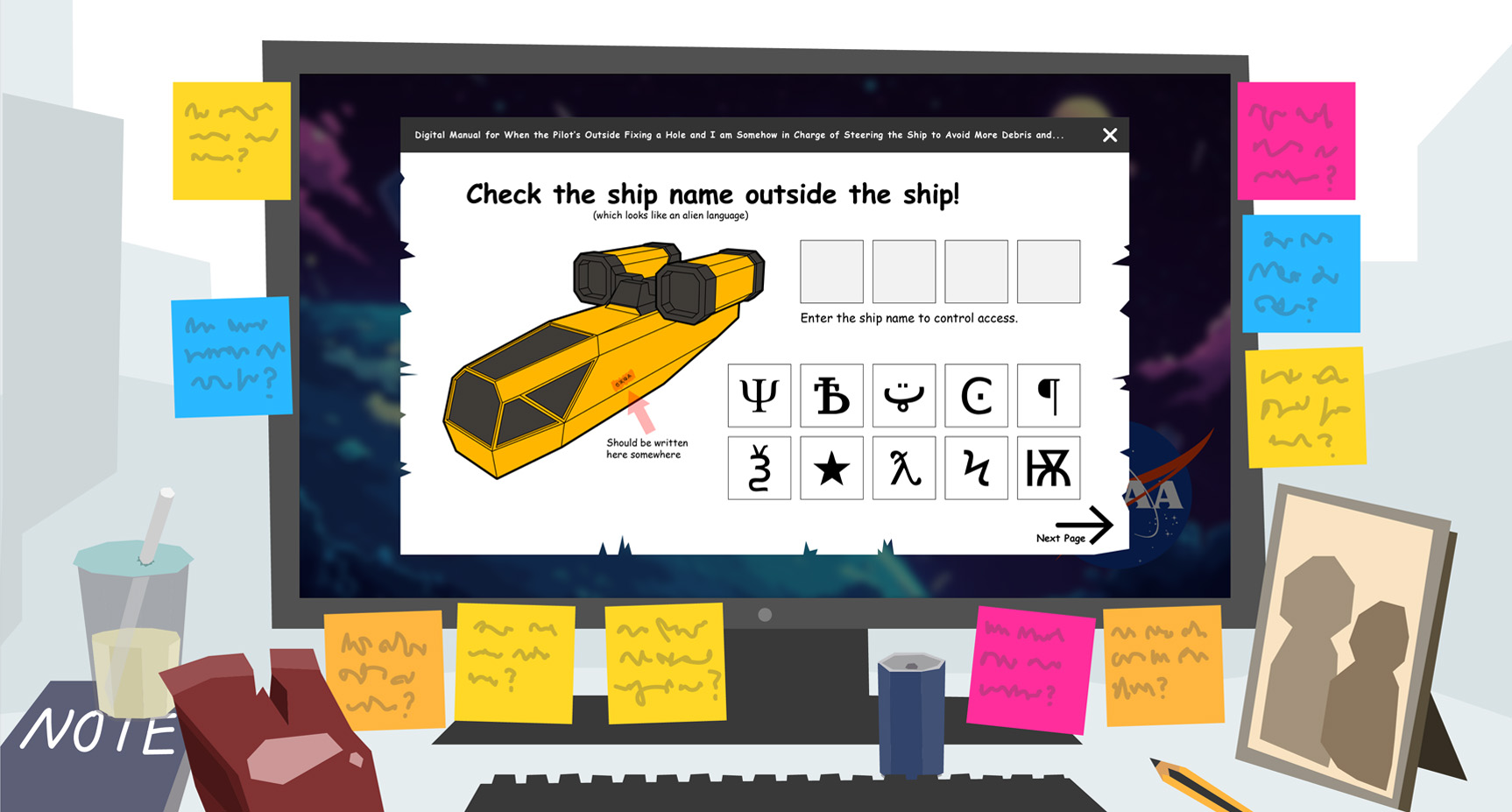
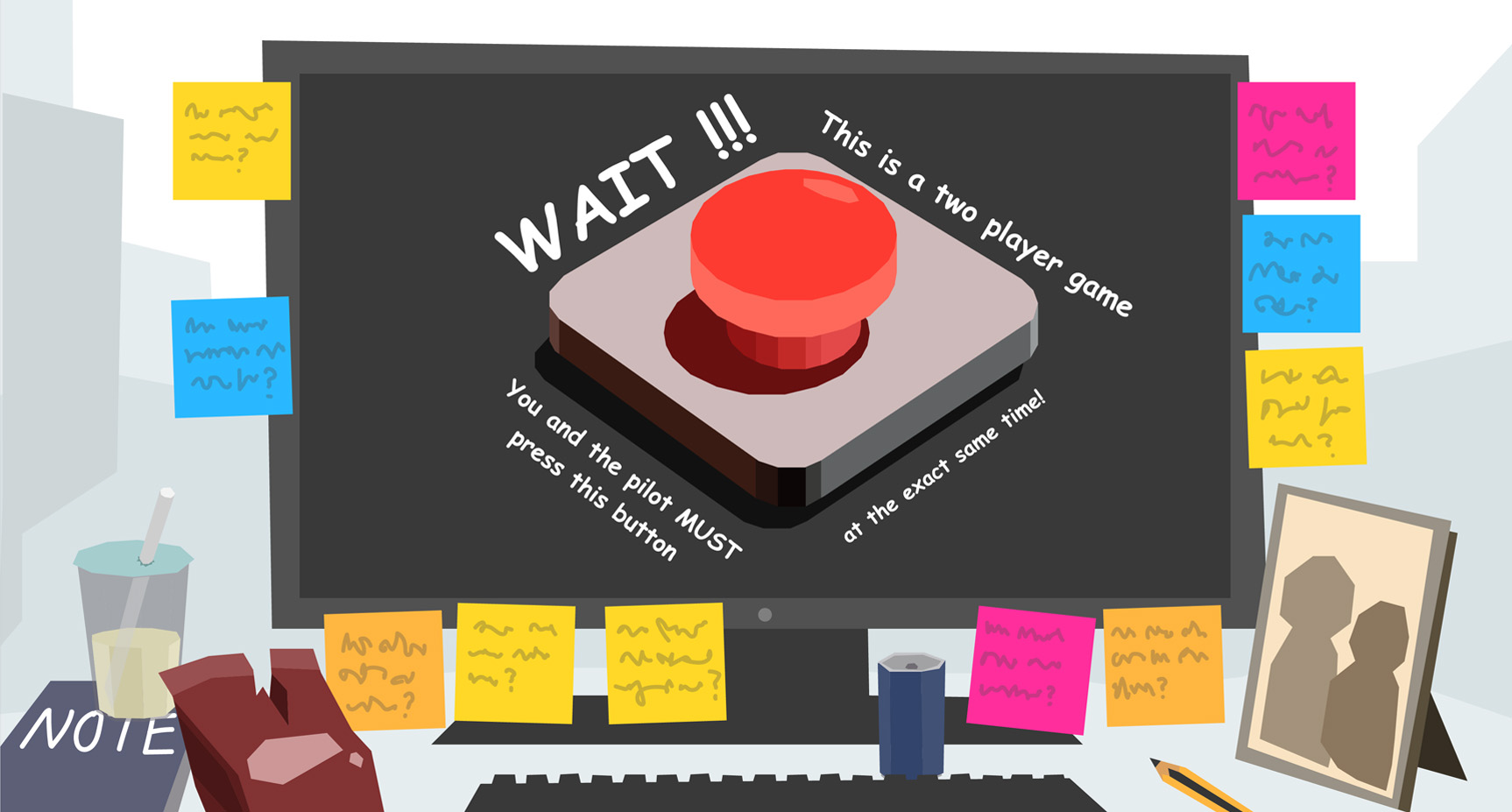

PC Playing Screenshots
2nd World: "Hi! My Name is..."
Casual VR Escape Room,
"Hi! My Name is..."
WHAT 'WORLD' IS THIS?
This is a VR escape room style casual puzzle game. Players will explore four environments, each with a unique theme. Every theme features different types of puzzles that require various forms of interaction to solve.
Background Story
We have all experienced the awkwardness of struggling to remember someone’s face, especially when they remember us, but we don’t. What clues help us recall a person? Perhaps it is what they liked, disliked, and the stories we shared with them. In this game, you will try to piece together faces by diving into past memories!
Full Gameplay Video, "Hi! My Name Is..."
AI Video for Intro
AI Generated Storyboard and Video
This was my first attempt at using AI generated images to create a storyboard and transforming it into a video. I went through countless iterations and adjustments to refine the prompts and achieve the best image styles for the project. This process was an excellent opportunity to explore the integration of AI into my workflow, and it significantly improved my familiarity with utilizing AI tools in creative projects.
4 Unique Environments
Each environment requires different interactions to solve the puzzles.
3rd World: "SECRET OF THE ORPHANAGE"
Scary Real Time Action Combat Game,
"SECRET OF ORPHANAGE"
WHAT 'WORLD' IS THIS?
This is a single player, scary real-time action combat game. The game is played using the Xbox Adaptive Controller, with the controls and user experience carefully designed to match the actions required for the game: making beds.
In this world, the player is trapped in an eerie orphanage filled with beds to make. You must make each bed as quickly as possible to avoid danger.
Background Story
Step into an unsettling orphanage, where your task seems simple but is anything but ordinary, ‘Make Beds for the Children’. On Halloween night, a dark secret emerges, monsters will rise if the beds are not perfectly made. You will need to place sheets, fluff pillows, and race against time to protect the orphanage. Can you master the art of bed-making, keep the orphanage’s secrets, and shield the children from harm? Or will the monsters prevail?
Secret of the Orphanage Promotion Video
Secret of the Orphanage Full Gameplay
Xbox Adaptive Controller and the Desgin Challenges
This world was designed with a custom interface using the Xbox Adaptive Controller to provide a more immersive bed making experience, as shown in the images below. The design challenge was: "How might we create an engaging and intuitive bed making experience using these simple controllers?"
Achieving this required significant thought and multiple iterations to find the right balance between replicating bed making motions and ensuring a fun and engaging gameplay experience.
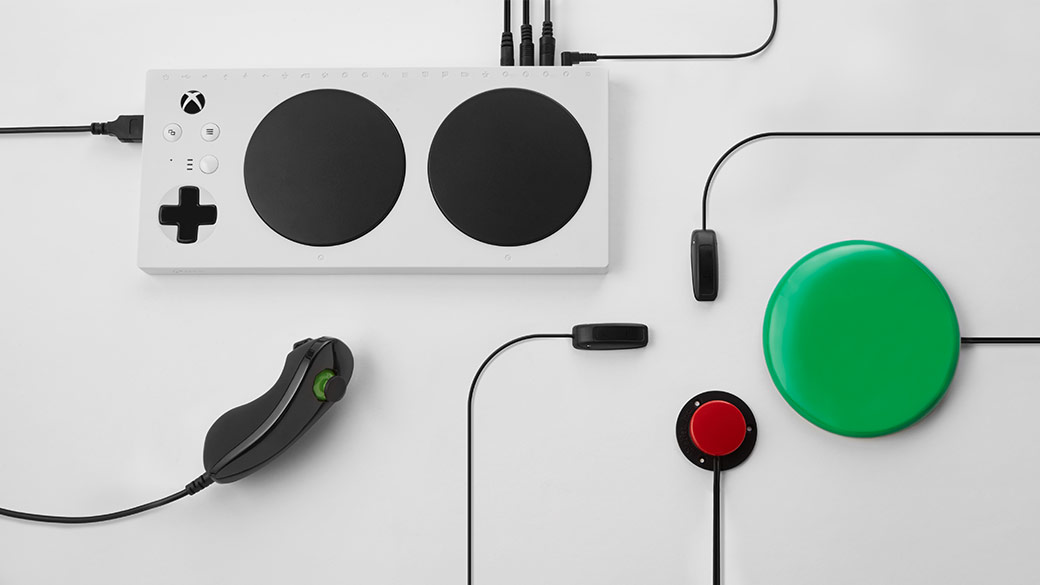
Game Setup and How People Enjoy It
Final Thoughts & Takeaway
Experimenting with Design Methodologies
I explored the integration of ‘Design Thinking’ (a common approach in the Product Design industry) with Game Design principles, specifically the ‘Pixar Prompt’ method. Finding the right balance between these two methodologies was both challenging and thought provoking, leaving me with valuable insights (both positive and negative) about blending different design approaches.
Expanding UX/UI Expertise
As a UX/UI Designer, it was exciting, challenging, and eye opening to work on platforms beyond PC and Mobile devices. These projects introduced unique challenges that differed from my prior experiences, requiring careful consideration of UX, UI, and Interactions for non-traditional platforms. I literally felt the shift from 2D UX to 3D UX. With this experience boosting my confidence in 3D UX, I am eager to explore more opportunities in 3D product design.
Check my other works too!
© 2025 Felix Junghwan Choi; All rights reserved.
